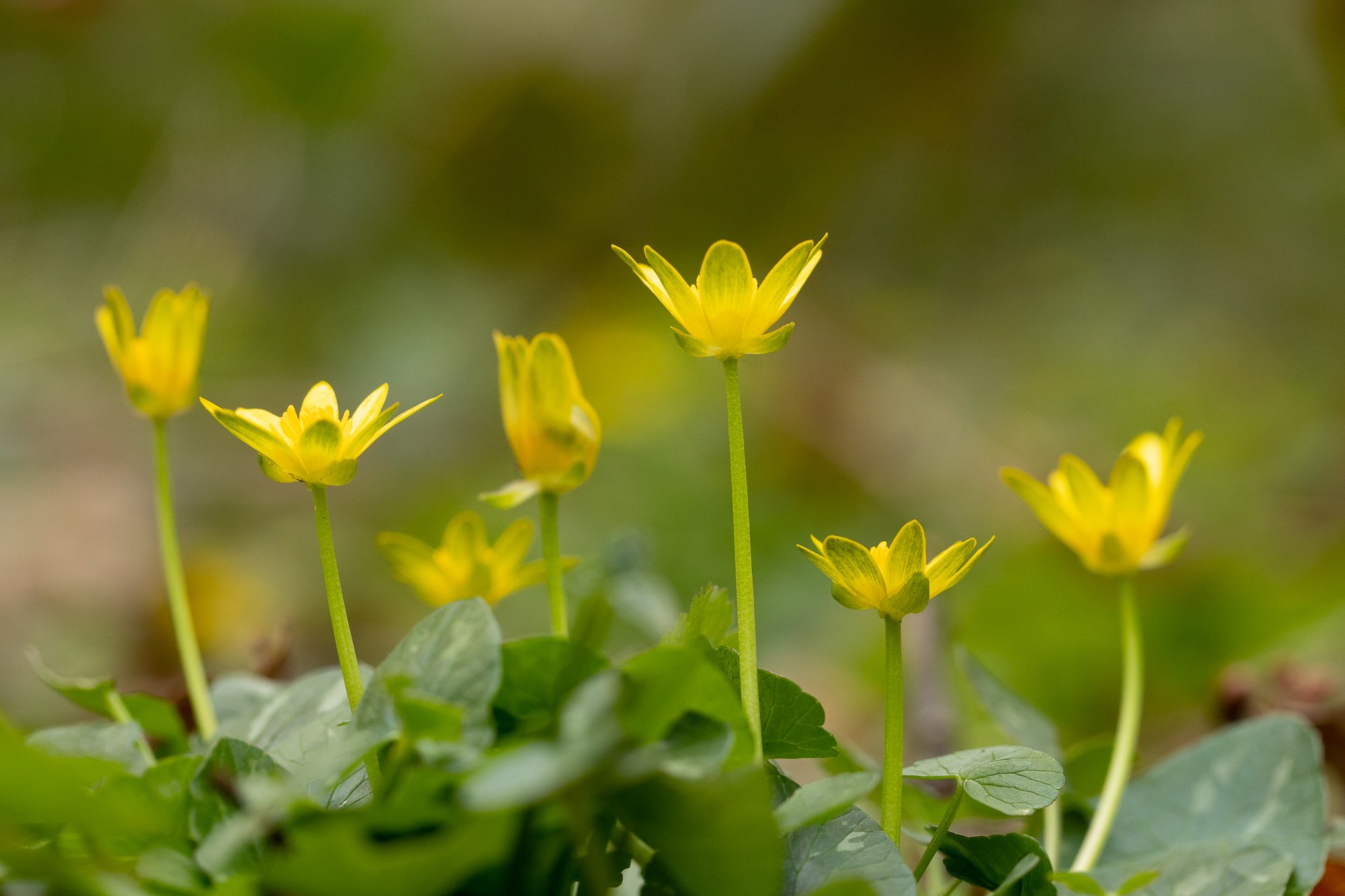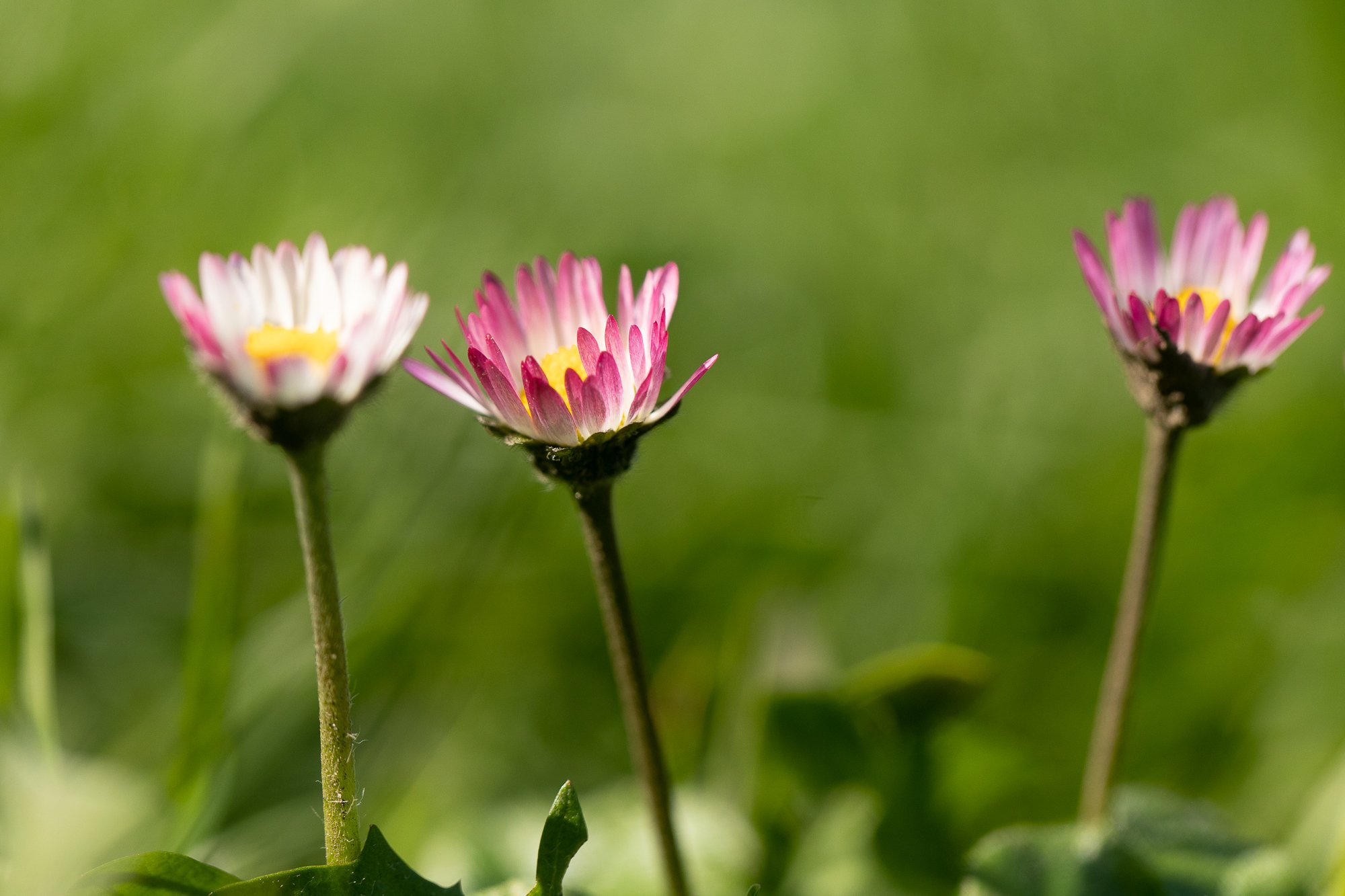
Nature Needs You
The decline of wildlife in the UK:
97% of flower rich meadows in the UK have been lost since the 1930’s (FOE)
“We are in the midst of a nature and climate emergency right here at home,” Mark Wright of WWF
Why bees count:
The bee has recently been declared the most important species on the planet The Earthwatch Institute
Bee populations are in decline globally, seeing losses of 40% and upwards yearly
Why helping bees helps everything:
1/3 of our crops and 80% of flowering plants rely on bees for pollination
Without pollinators nature’s ecosystems and food chains upon which ALL life relies, will collapse
“We now have a few short years during which we can still make a choice. Where just enough remains of the natural world for it to recover. This ends and starts with us.” David Attenbourough Our Wild Isles
Global wildlife populations have plummeted by 69% on average since 1970. The staggering rate of decline is a severe warning that the rich biodiversity that sustains all life on our planet is in crisis, putting every species at risk – including us.
Living Planet Report 2022
“The climate and nature crisis is not only an environmental issue, but an economic, development, security, social, moral and ethical issue too. “
“Urgent action is required if we are to reverse the loss of nature this decade. We all have a role to play in building a better future for our wildlife, our climate and for all of us.”
”Humanity’s increasing destruction of nature is having catastrophic impacts not only on wildlife populations but also on human health and all aspects of our lives”
Living Planet Report 2020
“Serious declines are a proxy for the unravelling of nature and our planet is flashing red warnings signs of systems failure.”
“Humanity’s influence on the decline of nature is so great that scientists believe we are entering a new geological epoch, the Anthropocene.”
State of Nature Report 2019
A quarter of UK mammals and nearly half of the birds assessed are at risk of extinction
Populations of the UK’s most important wildlife have plummeted by an average of 60% since 1970
As well as mammals and birds, 440 plants, 405 invertebrates and 232 fungi and lichen in danger
IPBES Global Assessment Report on Biodiversity and Ecosystem Services
Conservations is no longer enough
The world missed a critical deadline to safeguard biodiversity, UN report says
UN Report: Nature’s Dangerous Decline
Global Assessment Report on Biodiversity and Ecosystem Services


